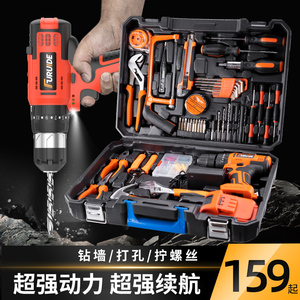万能工具箱v3.0,提升生活便利性的神器
万能工具箱v3.0是一款集成了多种实用功能的软件,旨在提升日常生活和工作的便利性,它涵盖了时间管理、日程安排、任务提醒等多种功能,帮助用户高效规划和管理时间,该版本还增加了更多智能化的操作选项,如语音控制、自动化流程等,进一步提升了用户体验,无论是个人还是团队,都能从中受益,提高工作效率和生活质量。

当然可以,以下是我为您生成的文本:
The process of creating a website involves several key steps that can be broken down into manageable tasks. First, it's important to define the purpose and goals of your website. What do you want to achieve with it? Who is your target audience? Answering these questions will help guide the design and functionality of your site.
Next, you'll need to choose a domain name and register it with a domain registrar. This is essentially the address people will use to find your website on the internet. Once you have a domain name, you'll need to select a web hosting provider who will store your website files and make them accessible to users around the world.
After that, you can start building your website using either a content management system (CMS) like WordPress or by coding from scratch. If you're not familiar with programming languages like HTML, CSS, and JavaScript, using a CMS can be a great way to get started quickly. These platforms often come with pre-made templates that you can customize to fit your needs.
Once your website is built, you'll need to test it thoroughly across different browsers and devices to ensure compatibility and responsiveness. Make sure all links work correctly, images load properly, and the overall user experience is smooth and intuitive.
Finally, after launching your website, it's crucial to maintain it regularly. This includes updating content, monitoring performance metrics such as traffic and engagement rates, fixing any bugs or issues that arise, and keeping up-to-date with security measures to protect against cyber threats.






